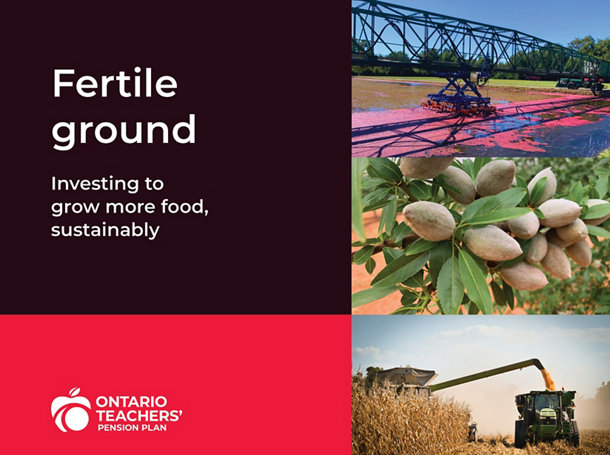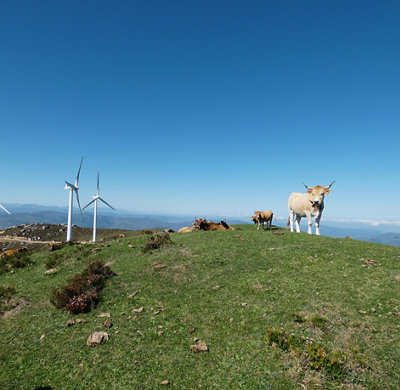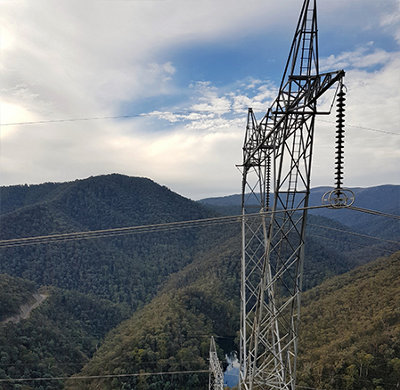Cran Chile
Thriving on a history of innovation
Cranberries are native to North America, and the U.S. and Canada dominate global production. By pioneering the production of cranberries in large rectangular fields and harvesting the nutrient-rich fruits using proprietary mobile bridges, Cran Chile used some out-of-the box thinking to become a cranberry giant. Learn more about Cran Chile’s history of innovation and how it continues to prioritize new ideas.






















